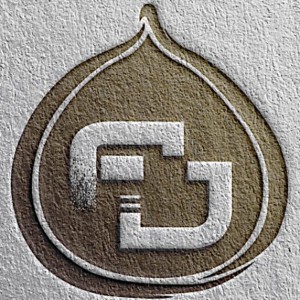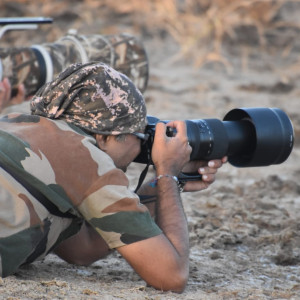Creating an account has many benefits: You are registering to the original, one and only Fig Database. The safest searchable fig database online! As a registered member, you are not just joining an amazing community but also have special access to features such as the ability to see who has certain varieties, is looking for varieties, message members, do trades, earn points for contributing and much more! So don't wait any further and register today!
Create An Account





